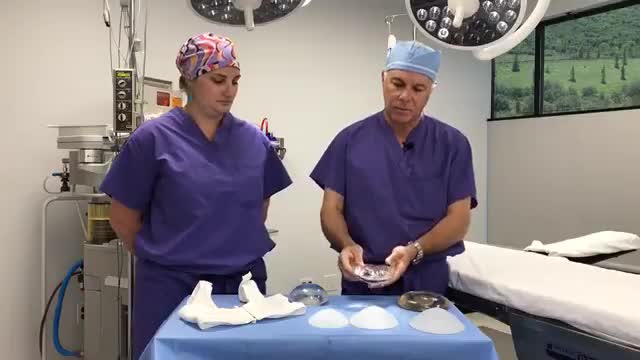What Does the Breast Augmentation Procedure Involve?
When customizing your breast augmentation in Aspen, Vail Valley, and Breckenridge, CO, we'll discuss incision techniques and placement options before surgery.
Our plastic surgeons offer three incision options:
- Inframammary: Made in the breast fold for precise implant pocket creation and positioning. Minimal scarring hidden by breasts, bras, or bikini tops.
- Areolar: Located on the lower edge of the areola, offering good control during implant placement with a well-blended scar. May carry a risk of nipple numbness and implant size limitations.
- Transaxillary: An armpit incision with no breast scarring. Slightly more challenging for implant placement and positioning."
We don't use the navel method for breast augmentation because of limitations and higher risks. Silicone gel implants can't be inserted through the navel, and saline implant warranties are voided with this incision technique.




